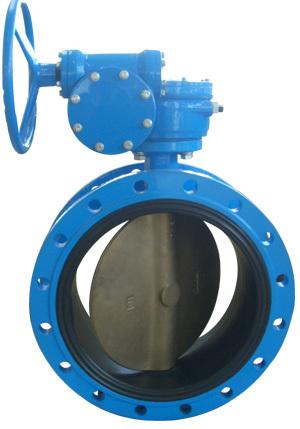Except the throttle valve, all the valves are supposed to have certain closing sealing performance, so the valves must go through the sealing test before they leave the factories. The valves with the back seats also need to undergo the back seat sealing test.
The sealing test for the valve is usually carried out at the room temperature and under the nominal pressure. When water is used as the test medium, it is easy to cause corrosion on the valve. Generally, the water quality should be strictly controlled according to the technical requirements, and the water must be totally removed from the valve after the test.
Gate valves and ball valves need have two-way sealing tests because they have two auxiliary seals. When the sealing test is carried out, open the valve first; block one end of the channel; introduce the pressure form the other end of the channel; close the valve until the pressure in the valve reaches the specified value; relief the pressure at the blocked end of the channel; check the valve finally. The other end of the valve's channel should have the same sealing test. Another method of testing the sealing performance of the valve is to keep the pressure in the valve's cavity and check the sealing performance of the valve from the two ends of the valve's channel at the same time.
In the sealing test for the check valve, the pressure is supposed to be introduced from the outlet and the valve should be checked from the inlet.
In the sealing test for the valve, the closing torque of the valve should be determined based on the nominal pressure as well as the nominal diameters. Usually, the valve with the manual drive mode can only be closed by the normal physical strength, and using other tools to assist the closing process is not allowed. When the diameter of the hand wheel is equal to or bigger than 320mm, the valve can be closed by two persons. The valve with other drive modes should have the sealing test when the drive is operated. If there are technical requirements on the closing torque, the torque-indicating wrench should be used to help test the closing torque of the valve.
The sealing test for valve must be carried out after the strength test which will be carried out after the final assembly of the valve, because not only the closing sealing performance of the valve should be tested, but also the sealing performance of the packing as well as the gasket must be tested at the same time.
The back seat sealing test for the valve usually is carried out with the strength test for the valve. Raise the valve stem to a certain height to make it have close contact with the sealing surface of the valve bonnet, and release the gland of the packing to check the sealing performance of the back seat.
Current Location:Win valve >> News Center >> Technical Articles >> Sealing Tests for Valves
Sealing Tests for Valves
Sealing Tests for Valves
[Data:18-12-10]
[Hit:]
Latest News
Tips of Using Butterfly Valves 12.10
Sealing Tests for Valves 12.10
The connection between the valve diameter & the medium's velocity 12.10
Analyses on Development Factors of the Chinese Valve Industry (Part One) 12.10
The origin of valves, and the history of valves in China (part two) 12.10
Latest News
Tips of Using Butterfly Valves 12.10
Sealing Tests for Valves 12.10
The connection between the valve diameter & the medium's velocity 12.10
Analyses on Development Factors of the Chinese Valve Industry (Part One) 12.10
The origin of valves, and the history of valves in China (part two) 12.10












